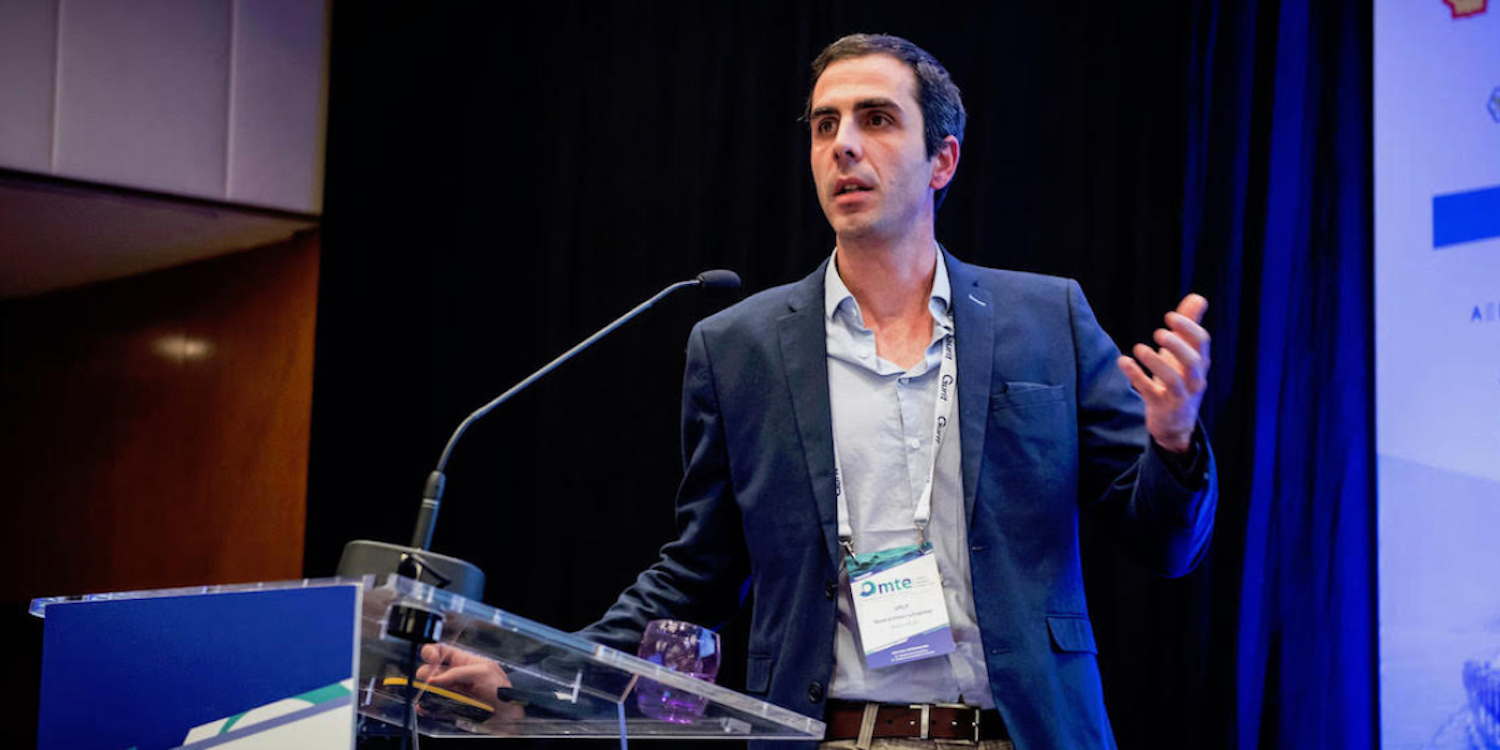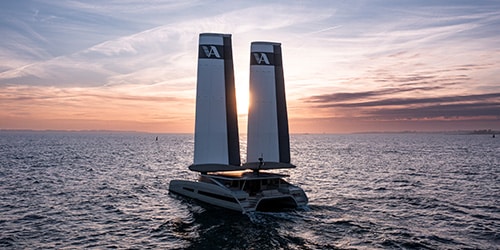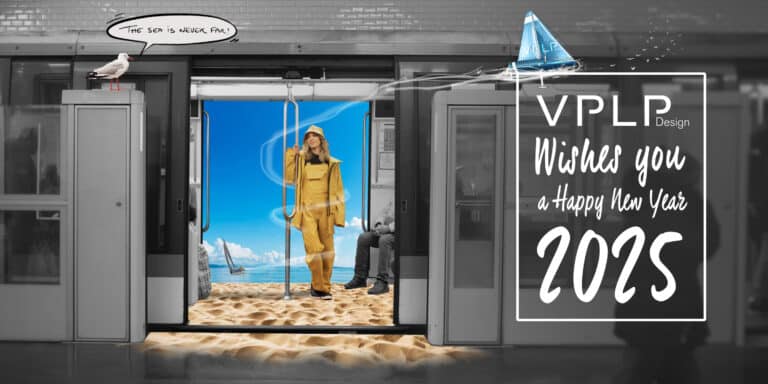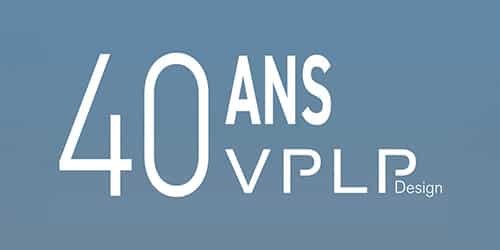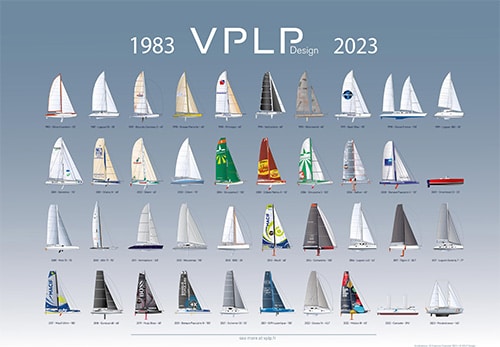Simon Watin, 35, is one of the four engineers and architects who will assume the collegial management of VPLP Design when the co-founders Marc Van Peteghem and Vincent Lauriot Prévost decide to step back from full-time duties. He will take on the role of chairman at the end of the handover process, which will continue for a few more months yet.
Simon, tell us about the path that, in a few months, will have taken you to the chair of VPLP Design?
I started out as a youngster racing dinghies and made it to European level on 420s. However I was far more talented in maths than racing, so I changed course to prepare for a career in engineering and entered the École Polytechnique in 2004. I then did a master’s degree in naval architecture at ENSTA Paris. Back then VPLP already had a great reputation so I hung around Marc until he gave me an internship in 2008, before setting off for a tour of the Atlantic on a Jeanneau Aquila. I spent a year at Doyle Sails in New Zealand and then Vincent called me in early 2011 for the 34th America’s Cup. I spent a lot of time working on the development of the CFD and the VPP at the firm before being assigned to Artemis in San Francisco with Vincent. I left VPLP and joined Artemis in the role of design coordinator at the end of the second campaign in Bermuda. After the sponsor withdrew, the team reinvented itself as a design office and we worked on the Macif M101 ultimate, on some IMOCAs, on projects to build foiling ferries… Throughout that time I remained in contact with Marc and Vincent. I wanted to return to France and when they offered me the chance, in early 2020, to come back to continue the development of the maritime project Canopée, doing it the VPLP way, I didn’t need much persuading.
I’m glad you mentioned that, how do you define the “VPLP way”?
I would say that it’s about working horizontally, leveraging all the in-house competencies of the firm on projects that have added value AND are meaningful. I believe that’s how we worked on the Canopée, for example.
So you’re taking the chair of the firm, but the management is collegial…
Yup, that’s the idea. Governance will be done by four of us, with Quentin Lucet in charge of racing projects, Mathias Murios looking after recreational craft, Xavier Guisnel running the engineering team, and me heading the maritime side. And if we need a deciding vote, that will be mine.
What will Marc and Vincent’s roles be in the forthcoming transition period?
The idea is for them to keep a watchful eye over things, a sort of mentoring at every level. We all have a close relationship with them, and we’ll be calling regularly! This new system of governance was announced early so that they can continue to support the team and the firm’s customers for as long as they deem it necessary. Effectively we’ve formalized a way of working but in the day-to-day running of the firm, Marc and Vincent have taken a step back from the operational side but are still very present strategically. In the same period Marc and Vincent will be turning the firm over to us, the four members of the collegial management.
What challenges have you four identified for the future of the firm?
